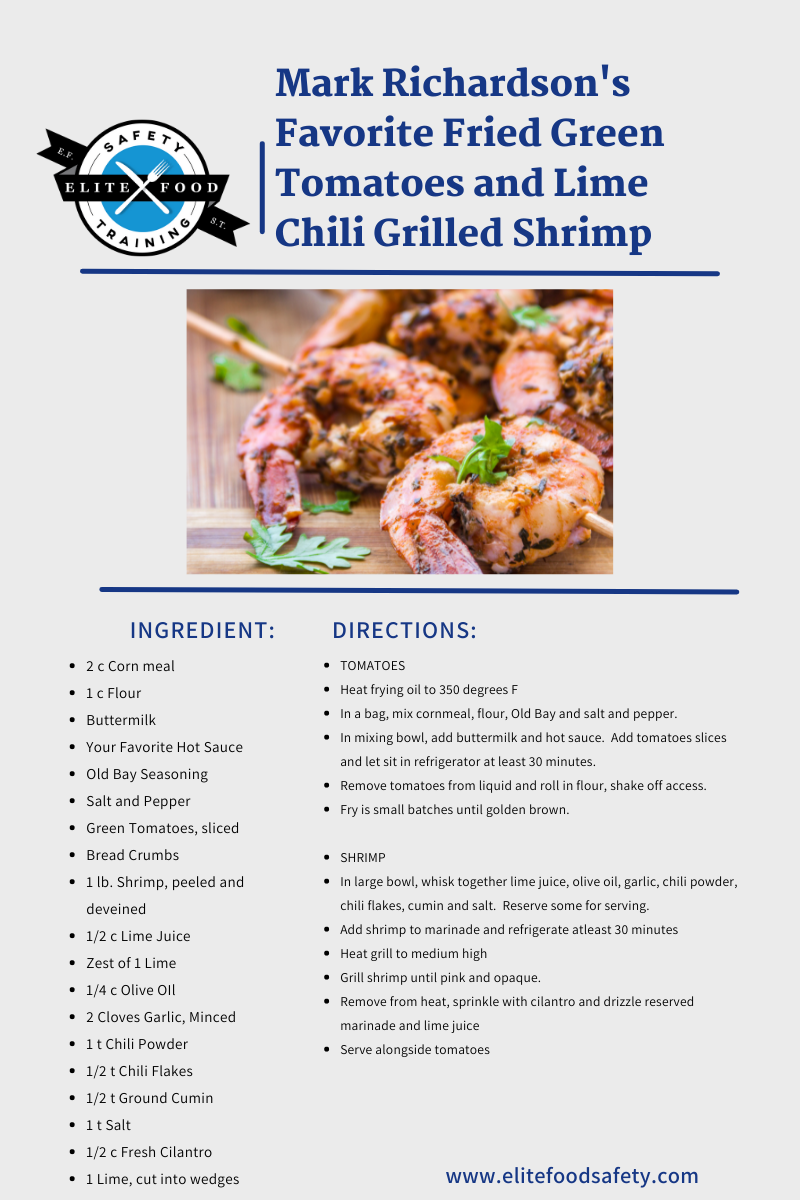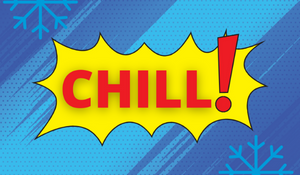
Welcome to Week Four of National Food Safety Education Month!
We are back at it again for our final week. So far, we have covered 3 of the 4 foundational steps to food safety - CLEAN, SEPARATE AND COOK. This week we are going to cover the final step - CHILL. We will look at the Temperature Danger Zone, how to cool food properly and how to long to store foods in the cooler. Let's jump in!
The Temperature Danger Zone
This is a pretty common term in the food service industry. This refers to the range of temperature in which bacteria typically grow. The Temperature Danger Zone falls between 41 degrees F and 135 degrees F. Within this range is a secondary range that is proven to be where bacteria grow quickest - this is between 70 degrees F and 125 degrees F. Foods should be kept out of the temperature zone as much as possible. There are many points in the flow of food where it could be left in this temperature range for too long. Some possibilities include improper cooking temps, improper cooling techniques and pulling large quantities of food out at room temperature for prepping.
How to cool food properly
The most effective process of cooling depends on the food you are working with. Small amounts of food can easily be transported to the walk-in cooler and safely brought down to the proper temperature. However large quantities of food, such as a large pot of soup, will not cool quick enough in the walk in as it is. Let's take a look at some more effective cooling techniques.
Divide
If you have a large amount of a food that needs to be cooled, it is best to divide it into smaller quantities for more effective cooling. An example of this, take the soup mentioned above - dividing this large pot of soup into smaller containers will allow each container to cool to a proper temperature much faster than the large pot of soup could.
Containers
Using the right type of container can also help cool foods more efficiently. Metal containers release heat much quicker than plastic. Using a metal container can help your food cool faster and more efficiently.
Ice paddles
Ice paddles are large plastic containers that are filled with water and frozen. Once frozen, you can place these paddles in a pot of hot soup to promote faster cooling. If using this process, be sure to wash and sanitize the ice paddles properly before using them in contact with any food.
Ice baths
Another simple technique is to fill a sink with ice and place the container of hot food in the ice to cool. Using this technique requires some extra monitoring - if the sink is too full the container may shift once the ice melts. Once the ice begins melting, you may need to refresh regularly until the product is at the desired temperature.
How long to store foods
The general rule for storing foods is 7 days. Each establishment may have their own policy on date marking and how long to store foods, but the general rule is DOP (Date of Production) + 6. Some establishment may write the date it was prepared or opened while others may write the date if should be thrown out. Be sure that everyone is on the same page and following the same practices. The best practice is to write the date of production as well as the date it should be thrown out. For example, 9/23-9/29.
Keep in mind that if you use an ingredient that has an expiration date BEFORE the DOP +6 rule, you should use that day as the expiration date instead. An example of this, taken from ServSafe, is a shrimp and sausage jambalaya prepared on December 4. The shrimp has a use by date of Dec. 8 and the sausage has a use by date of Dec. 10. The dish should be thrown out on the earliest use by date, Dec. 8.
Tip of The Week
Use date marking stickers with pre-set fields to fill out. This will ensure that everyone is marking the correct DOP and Use by dates.
Instructor/Auditor, Mark Richardson's favorite recipe



.png)
-2.png)
-2.png)
.jpg)
